LiveWire introduces two new electric motorcycle prototypes, a street model and a trail model, designed for new and urban riders.

Subscribe to our Telegram channel for instant updates!
At a time when Harley-Davidson’s electric spin-off, LiveWire, continues to battle boardroom scrutiny and underwhelming sales, the brand is taking a bold new approach: build smaller, simpler electric motorcycles that appeal to the next generation of riders.
Unveiled during Harley-Davidson’s Homecoming Festival in Milwaukee, LiveWire surprised fans and sceptics alike with two new electric motorcycle prototypes: a street-focused model and a trail-capable sibling. Targeted at the 125cc-equivalent class, both machines are clearly aimed at urban commuters, beginner riders, and casual enthusiasts looking for a fun and accessible entry point into the world of two wheels.
Not Just Another Moped
At first glance, the bikes could be mistaken for compact city mopeds. But make no mistake, these aren’t your average slow e-scooters. Early specs suggest a top speed of 85 km/h (53 mph), up to 160 km (100 miles) of range, and a surprisingly zippy 0–60 km/h (0–37 mph) in just 3 seconds. That kind of performance puts them far ahead of typical small electric bikes.
The power source? Dual swappable batteries, a shift away from the fixed battery system seen in the current S2 Arrow platform. Riders can keep spare batteries on hand for a quick change, which adds flexibility and practicality for urban users or trail riders alike. While LiveWire hasn’t confirmed it, many believe these could form the foundation for the rumoured S3 platform: a leaner, lighter evolution of its current electric drivetrain.

LiveWire: Minimalist Design, Maximum Flexibility
Both prototypes share key components: inverted forks, a trellis frame using the motor as a stressed member, and a rear mono-shock directly mounted to the swingarm. Their compact proportions, 12-inch wheels and a 30-inch seat height make them more manoeuvrable than anything LiveWire has built before.
The street version rides on Mitas MC 19 tires, while the trail version gets chunkier Shinko Mobber off-road rubber, reinforcing their intended use cases. Kymco-sourced brakes and LED lighting round out the build, hinting at a cost-conscious approach that still delivers essential performance.
A Chance to Help Shape the Future
What’s also unique is how LiveWire is presenting these bikes, not as finished products, but as concepts still open to input. The company has encouraged fans to share suggestions on colour schemes, accessories, and configuration preferences via social media.
This approach suggests that LiveWire is not just pivoting toward affordability, but also toward community engagement—something the brand has rarely embraced before.

Under $10,000? That’s the Plan
Though pricing hasn’t been confirmed, signs point to these models landing well below the $10,000 (approx. RM47,000.00) mark, possibly closer to half the cost of the brand’s current offerings. That’s a crucial step for a company whose $17,000 (approx. RM79,900.00)LiveWire One has struggled to attract mass-market buyers.
A Fresh Start for a Stalling Brand?
For all its electric ambition, LiveWire hasn’t cracked the mainstream. But these prototypes signal a new, potentially smarter phase in Harley’s e-mobility experiment. Smaller, cheaper, and more adaptable bikes could be the reset LiveWire needs, especially if they succeed in winning over first-time riders and city dwellers who don’t want the bulk or price tag of a traditional Harley.
Only time will tell if these pint-sized e-motos become a turning point, but for now, one thing’s clear: LiveWire is finally thinking small, and that might be its biggest move yet.



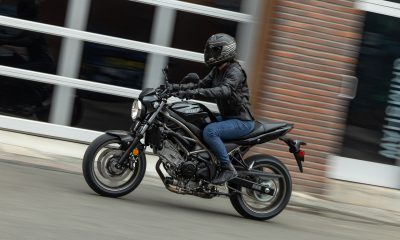

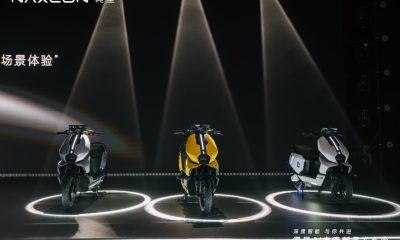





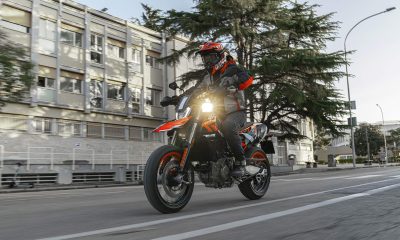
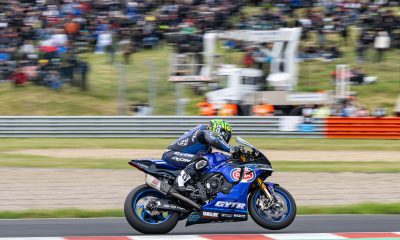

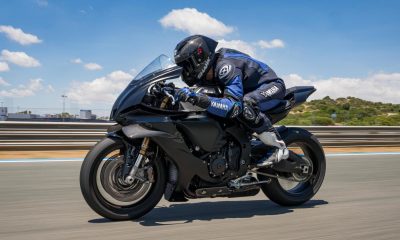













Facebook
Instagram
X (Twitter)
YouTube
LinkedIn
RSS